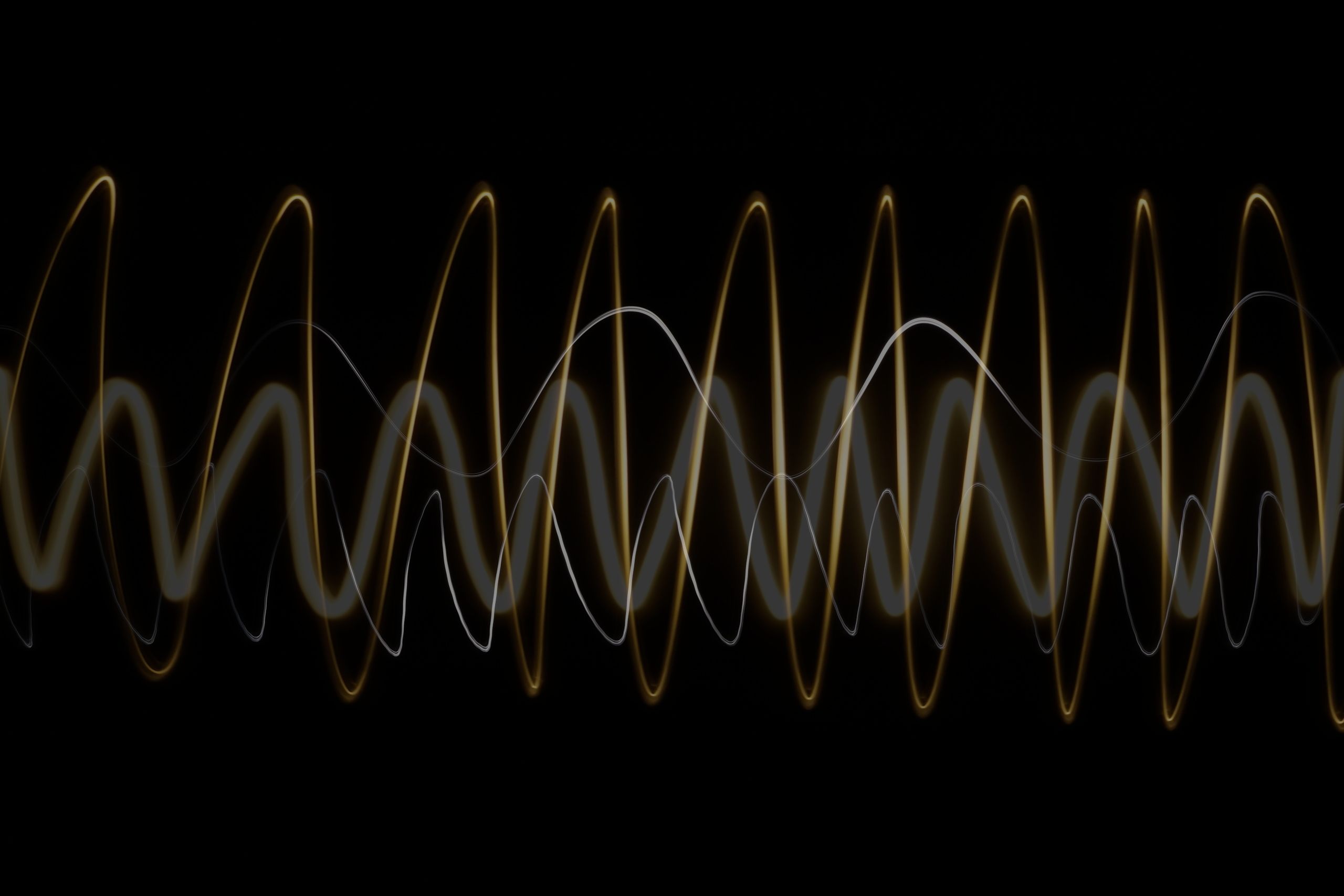Between Earth & Air
Application


Marconi’s Wireless Telegraph & Signal Company
As an entrepreneur, Marconi was focused on the practical application of radio waves for wireless communication and making the new technology commercially available.
In 1897 he set up the Wireless Telegraph & Signal Company, which continued to trade under various names until 2006.
Wireless Ship Communication
Marconi's competition — already well established — was the telegraph, which used a network of wires for communication.
Ships at sea couldn't use wired communication, so this became the first major use for wireless technology.
And the Titanic
Marconi's company offered radio communication as a subscription service. It provided equipment and operators on board ships, including — most famously — the Titanic.
When the Titanic hit an iceberg, the Marconi operators on board were able to radio for help. A nearby ship, the Carpathia — luckily also fitted with radio — came to the rescue.
Without radio, it's unlikely anyone would have survived the disaster, and we would never have known what happened to the Titanic.


Message sent from the Carpathia after the sinking of the Titanic:
"Mother Coming Safe telephone Grace
- Harry"

Marconi's Multiple Tuner and Magnetic Detector became the standard equipment for marine communication — and remained so for many years.

Multiple Tuner
Marconi Company · London · c. 1907
Inventory № 28107

Multiple Tuner
The multiple tuner is connected to the aerial and receives incoming radio signals.
It works as a filter, allowing the operator to “tune in” to signals at a specific frequency.
The Multiple Tuner is a beautifully crafted, yet entirely functional piece of equipment. I particularly love the dials with their exposed contacts, and the cleverness of the spark arrester. In places, the finish is worn; the brass, scratched and nicked — intriguing signs of a life of use.
Spark Arrester
A little spark in here allows the multiple tuner to remain connected to the same aerial as the transmitting apparatus without being damaged or deafening the operator.
This is a switch.
It's set to “TUNE” >
< "STAND-BI" receives signals across all frequencies.
The multiple tuner is connected to a
magnetic detector (the “Maggie”).
The Maggie converts Morse code radio signals into
audio messages, heard as clicks though headphones.

Magnetic Detector
Marconi Company · London · Early 20th Century
Inventory № 75969
Clockwork pulleys rotate an iron wire on the magnetic detector.
The two magnets magnetise the wire — first in one direction and then the other — which keeps the magnetic field balanced.
An incoming radio signal disrupts this balance and collapses the magnetic field, causing a weak electric current to flow.
This can be heard as a click in the headphones.









